Ba'al
Ba'al (Hebrew בעל, Ba'l, "lord"; Greek Βήλος): title of several Canaanite deities.
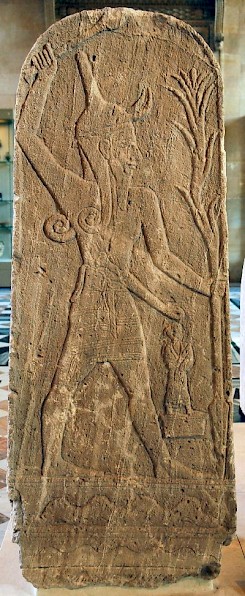
The word Ba'al can be translated as "lord", "owner", "master", or "husband", and referred to a group of deities venerated in the Levant. Some of these deities were also known under different names (e.g., the storm god Hadad of Aleppo), in which case Ba'al was a title; in other cases, Ba'al appears to have been a name. The oldest references to him are personal names from the third millennium BCE.
Ugarit
Although Ba'al, and his female counterpart Balat, are known from several Bronze Age towns in Syria, he is best known from the coastal city of Ugarit, where large cuneiform archives have been found. In lists of deities, Ba'al is usually named immediately after El and Dagan, but we are also lucky to have the nearly complete text of a myth. In this text, Ba'al defeats the seagod Yam in a conflict that probably represents the war between order and chaos. Later, Ba'al builds a palace and wants to succeed El as king of the gods, but he is somehow - temporarily - defeated by Mut, the god of death. However, Ba'al overcomes his opponent, and becomes ruler of the Netherworld himself, where he resides for several months every year.
Fighter, king of the gods, ruler of the Netherworld: Ba'al had several important roles. But he had more functions: he was also believed to reside on Mount Saphon (or Mount Casius, north of Ugarit), was considered to be the judge of the gods, the lord of wind and weather, the controller of rain, storm, thunder, and lightning, and responsible for the annual renewal of vegetation. His divine consort is called Anath.
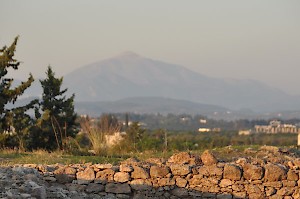
Modern scholars usually identify him with the "smiting god", a common representation of a figure of superhuman dimensions with a club in his right hand and a crown on his head, decorated with horns.
Similar deities were venerated in other cities, like Tyre, Sidon, and Aleppo, where Ba'al could be identified with Ešmun or Melqart. In Byblos, a lady Baalat Gubal was the head of the pantheon.
First Millennium BCE
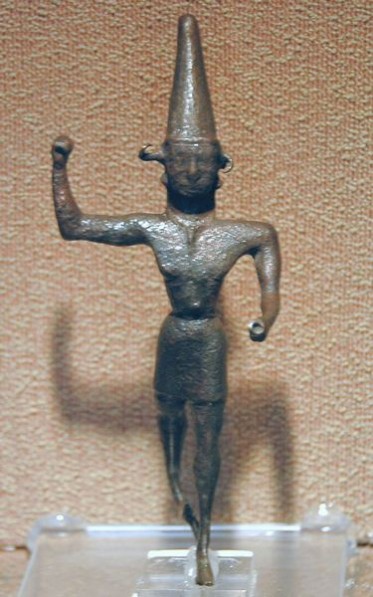
In the first millennium BCE, we find new deities named Ba'al. The most important of these is Ba'al-Šamem, the "lord of heavens", who is often the lord of the pantheon, protects the king, and is accompanied by the goddesses Tanit (called "the face of Ba'al") and Astarte ("the name of Ba'al"). Triads like these were to become important, and may behind the remark in a/o Judges 2.13, "Baal and his Astartes". In Tyre, the supreme god remained El, but most power was in the hands of Ba'al Šamem, Ba'al Saphon, and Baal Malage, a triad that remained influential, even when Melqart became the most important deity.
Other Ba'als were associated with towns and mountains. We know about the Ba'al of Sidon and the Ba'al of the Lebanon. Ba'al Hammon, who was to become an important god in Carthage, may originally have been the god of the Amanus mountains, although the name can also mean "lord of the palace sanctuary", and the cult may have been influenced by rituals for the Libyan deity Ammon. Baal Hammon was venerated together with Ba'al Šamem, Ba'al Saphon, and Ba'al Melqart. The Stela of the Moabite king Mesha mentions a Ba'al Meon, who is also mentioned in Numbers 32.38 and Ezekiel 25.9. The Moabites also venerated a Ba'al Peor (Numbers 25.3-5). Other Ba'als were healing deities, protected the sacrifice (Ba'al Malage), or were responsible for navigation.
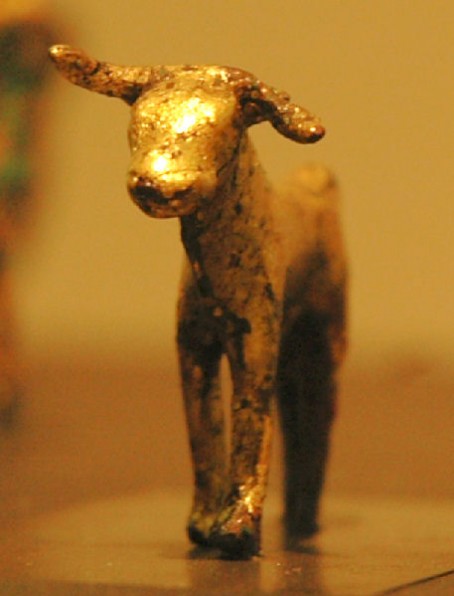
The Bible often refers to the cult of Ba'al. These references fit the general pattern: sometimes, these Ba'als are local gods ("the Ba'al of Gad", Joshua 11.17; "the Ba'al of the Mountain Hermon", Judges 3.3; "the Ba'al of Hazor", 2 Samuel 13.23). The cult of Ba'al could, at times, be harmonized with the cult of YHWH: purists may not have liked the attempt to venerate the Ba'al of Shichem as Ba'al Berith, "the lord of the Covenant" (Judges 8.33), but the attempt to harmonize the two is obvious. The prophet Hosea, toying with the fact that the word "Ba'al" may also mean "husband", presents YHWH and Israel as a married couple (Hosea 2.18), and invites the Israelites to abandon the other Ba'als.
Nevertheless, the Bible usually presents the cults of Ba'al and YHWH as mutually exclusive (e.g., Judges 10.6). The cult of Ba'al in Samaria, instituted by king Ahab (1 Kings 16.32), was fiercely attacked by the prophets Eliah (1 Kings 18), Hosea, and Jeremiah. Unsurprisingly, the description of the Ba'als is often hostile. For example, Ba'al Zebul, the "lord prince" of the Philistine city of Ekron, is mockingly referred to as "Ba'al Zebub", "lord of the flies" (2 Kings 1.2).
The Hellenistic and Roman World
The Near East was united for the first time by the Assyrians, and remained a political and cultural unity under the Babylonians, the Persian Achaemenids, and the Seleucids, a dynasty from Macedonia. Aramaic and Greek became the most important languages, and it comes as no surprise that we find the Ba'al of the sources (i.e., the god of Baalbek) again as the Zeus of Heliopolis.
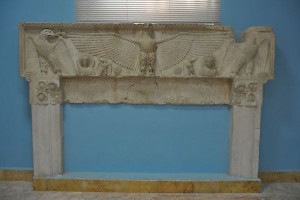
Well-known is the cult reform proposed by the Seleucid king Antiochus IV Epiphanes, who introduced the cult of the Olympian Zeus in Jerusalem; the authors of Daniel and 1 Maccabees refer to it as the "abomination of desolation" (šiqqus šomem), which is a pun on the name "Ba'al Šamem".
Finally, it must be noted that in Palmyra, we find not only the cult of Ba'al Šamem, who had a fine temple in the north of the city, but also of Bol, whose splendid sanctuary was in the east. Ba'al Šamem, often represented as an eagle, was part of a triad that also included the moon god Aglibol and a younger god named Malakbel. Bol, on the other hand, was at some point renamed Bel after his Babylonian counterpart, and could be venerated together with Yarhibol and Aglibol, the sun and moon. It is interesting that their temple was dedicated on 6 Nissan, the date of the Babylonian Akitu festival.